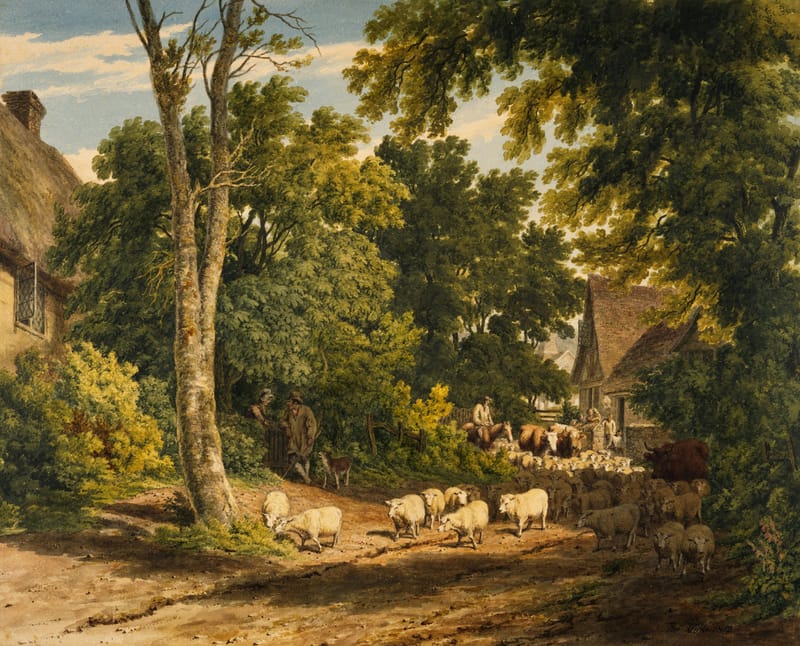The Art of Visual Storytelling in Web Design
Visual storytelling in web design is a powerful technique that allows brands to connect with their audience on a deeper level. By strategically using design elements, imagery, and layout, designers can create a narrative that guides visitors through a website while conveying the brand's message and values. This article explores the art of visual storytelling in web design, offering insights into creating engaging, narrative-driven layouts, effectively utilizing imagery, and guiding users through a site. We'll delve into various techniques that can help designers craft compelling visual stories that resonate with visitors and leave a lasting impression.Table of Contents:

The Power of Storytelling in Web Design
Storytelling has been an integral part of human communication since ancient times, and its power extends to the digital realm. In web design, visual storytelling combines imagery, typography, color, and layout to create a narrative that engages visitors and communicates a brand's message effectively. By incorporating storytelling elements into web design, brands can create emotional connections with their audience, increase engagement, and leave a lasting impression.Visual storytelling in web design goes beyond simply presenting information; it creates an immersive experience that guides users through a journey. This approach can help brands differentiate themselves in a crowded digital landscape, making their websites more memorable and impactful. When done correctly, visual storytelling can significantly enhance user experience, boost conversions, and strengthen brand loyalty.
Do you need a website? Want to build a website but don't know where to start? Our website builder is the perfect solution. Easy to use, and with the ability to customize to fit your business needs, you can have a professional website in no time.
Creating Narrative-Driven Layouts
A narrative-driven layout is essential for effective visual storytelling in web design. This approach involves structuring the website's content in a way that naturally guides users through a story, revealing information progressively and maintaining their interest throughout their journey. To create such layouts, designers can employ techniques like parallax scrolling, which adds depth and movement to the page as users scroll, creating a sense of progression through the narrative.Another effective technique is the use of visual hierarchy, which involves arranging design elements in order of importance. This helps guide the user's eye through the content in a predetermined sequence, ensuring that key messages are communicated effectively. Additionally, incorporating interactive elements can encourage user engagement and make the storytelling experience more immersive, allowing visitors to actively participate in the narrative rather than passively consuming information.
Effective Use of Imagery in Visual Storytelling
Imagery plays a crucial role in visual storytelling, as it has the power to evoke emotions, convey complex ideas, and create memorable experiences. When selecting images for a website, it's important to choose visuals that align with the brand's story and values. High-quality, authentic photographs or illustrations can help create a strong emotional connection with visitors and reinforce the narrative being told.One effective technique is to use hero images or videos above the fold to immediately capture the visitor's attention and set the tone for the rest of the site. These large, impactful visuals can quickly communicate the essence of the brand's story. Another approach is to use a series of images that progressively reveal different aspects of the narrative as users scroll through the site. This creates a sense of discovery and keeps visitors engaged as they explore the content.
Building a website with SITE123 is easy
Guiding Users Through Your Site
Effective visual storytelling in web design requires thoughtful consideration of user flow and navigation. Designers should create a clear path for users to follow, ensuring that each step in the journey contributes to the overall narrative. This can be achieved through strategic placement of call-to-action buttons, intuitive menu structures, and visual cues that guide users to the next piece of content.One technique for guiding users is the use of micro-interactions and animations. These subtle design elements can draw attention to important information, provide feedback on user actions, and create a sense of progression through the site. Another effective approach is to use color and contrast to highlight key elements and create a visual hierarchy that naturally leads users through the content. By carefully considering the user's journey, designers can create a seamless and engaging storytelling experience that keeps visitors interested and encourages them to explore further.
Incorporating Brand Elements into the Narrative
To create a cohesive visual story, it's essential to incorporate brand elements throughout the design. This includes using consistent color schemes, typography, and imagery that reflect the brand's personality and values. By weaving these elements into the narrative, designers can reinforce the brand's identity and create a more memorable experience for visitors.One effective technique is to use brand colors strategically to highlight important information or create emotional associations. For example, using warm colors like red or orange can evoke feelings of excitement or urgency, while cool colors like blue or green can create a sense of calm and trust. Typography can also play a significant role in storytelling, with different font styles and sizes used to convey different moods or emphasize key messages within the narrative.
Optimizing for Different Devices and Platforms
In today's multi-device world, it's crucial to ensure that visual storytelling techniques are effective across various screen sizes and platforms. Responsive design principles should be applied to maintain the integrity of the narrative regardless of the device being used. This may involve adapting layouts, resizing images, or even creating alternative versions of certain content to ensure the best possible experience on different devices.When optimizing for mobile devices, designers should consider how the story can be told effectively within the constraints of a smaller screen. This might involve simplifying layouts, prioritizing key content, or using progressive disclosure techniques to reveal information gradually. By carefully considering how the narrative translates across different devices, designers can ensure that the visual storytelling remains impactful and engaging for all users.





